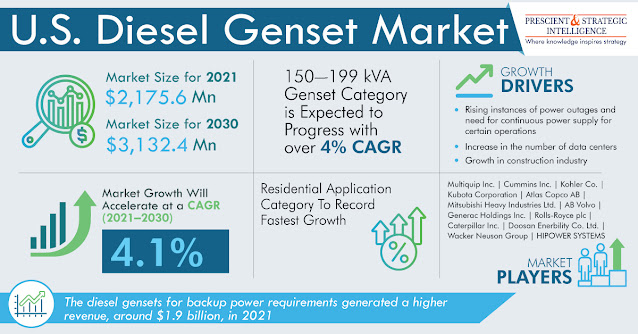According to the latest market research study published by P&S Intelligence, the U.S. fraud detection software market is experiencing robust growth, valued at USD 6.6 billion in 2024 and projected to reach USD 23.9 billion by 2032, at a remarkable CAGR of 17.6% between 2025 and 2032. This significant growth is driven by the rising sophistication of cyber threats, increased digital transactions, and stringent regulatory frameworks, such as GDPR and PCI DSS, urging businesses to adopt advanced fraud detection systems.
Download free Report Sample Now
Digital transformation across sectors has intensified the
threat landscape. As consumers increasingly rely on online shopping and mobile
wallets, the vulnerability of digital payment systems has surged. The market is
responding with sophisticated solutions powered by artificial intelligence
(AI), machine learning (ML), and behavioral analytics. These technologies offer
real-time monitoring, predictive fraud detection, and anomaly identification,
helping organizations preempt threats and protect customer data. Furthermore,
compliance mandates and the increasing cost of data breaches are compelling
businesses across industries to deploy effective fraud mitigation solutions.
Key Insights
- The
software segment leads the market with a 65% share in 2024, driven by high
adoption in banking and retail for ML-based and real-time fraud monitoring
tools.
- Services
are the fastest-growing segment, fueled by rising demand for consulting,
implementation, and system optimization to tackle complex fraud scenarios.
- On-premises
deployment remains dominant among BFSI, healthcare, and defense sectors
due to security and compliance requirements, while cloud-based systems are
growing fastest at a 17.9% CAGR, driven by remote accessibility and
cost-efficiency.
- Large
enterprises hold the largest market share in 2024, benefiting from robust
infrastructure to implement comprehensive fraud detection systems. In
contrast, SMEs are growing rapidly by leveraging scalable, cloud-based
solutions.
- Payment
fraud detection is the top application area, focused on combating
unauthorized transactions and refund fraud. Cybersecurity and data breach
prevention is the fastest-growing application, expanding at an 18.0% CAGR
amid increasing cyberattacks.
- BFSI
is the largest industry vertical, holding 35% of the market in 2024, as it
faces a high volume of identity theft and financial fraud. Retail and
e-commerce sectors are expanding rapidly, investing in tools to address
refund scams and account takeovers.
- Regionally,
the Northeast leads with a 45% market share in 2024 due to the presence of
major financial, IT, and public sector institutions demanding advanced
fraud solutions.
- The
South is the fastest-growing region, driven by economic expansion and
rising adoption of digital payments across sectors like retail and
telecom.
- The
market is fragmented, with both global tech giants and niche players
offering customized solutions. While smaller vendors specialize in
vertical-specific tools, major firms provide integrated platforms with AI
and behavioral analytics.
- Leading companies include IBM Corporation, FICO, SAS Institute Inc., ACI Worldwide, Experian plc, NICE Ltd., LexisNexis Risk Solutions, BAE Systems, Oracle, SAP SE, Visa Inc., and Mastercard Inc.
- Notable developments include Featurespace securing a U.S. patent in December 2024 for its AI-powered fraud detection system, and Overhaul’s launch of FraudWatch in January 2025, tailored for the shipping and logistics sector.















